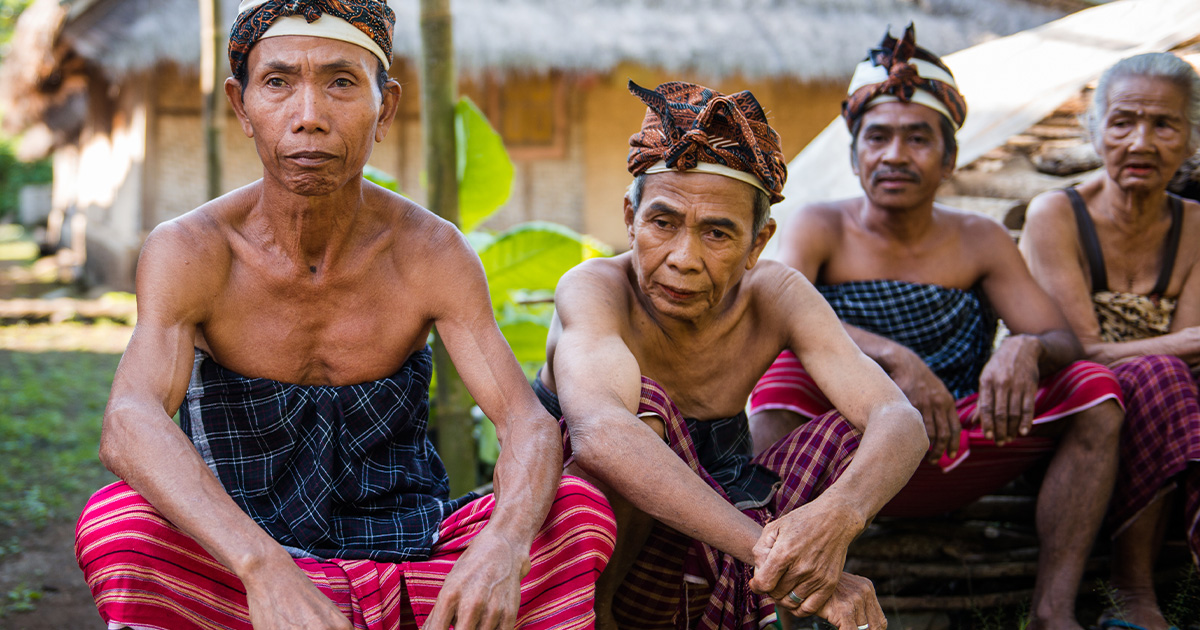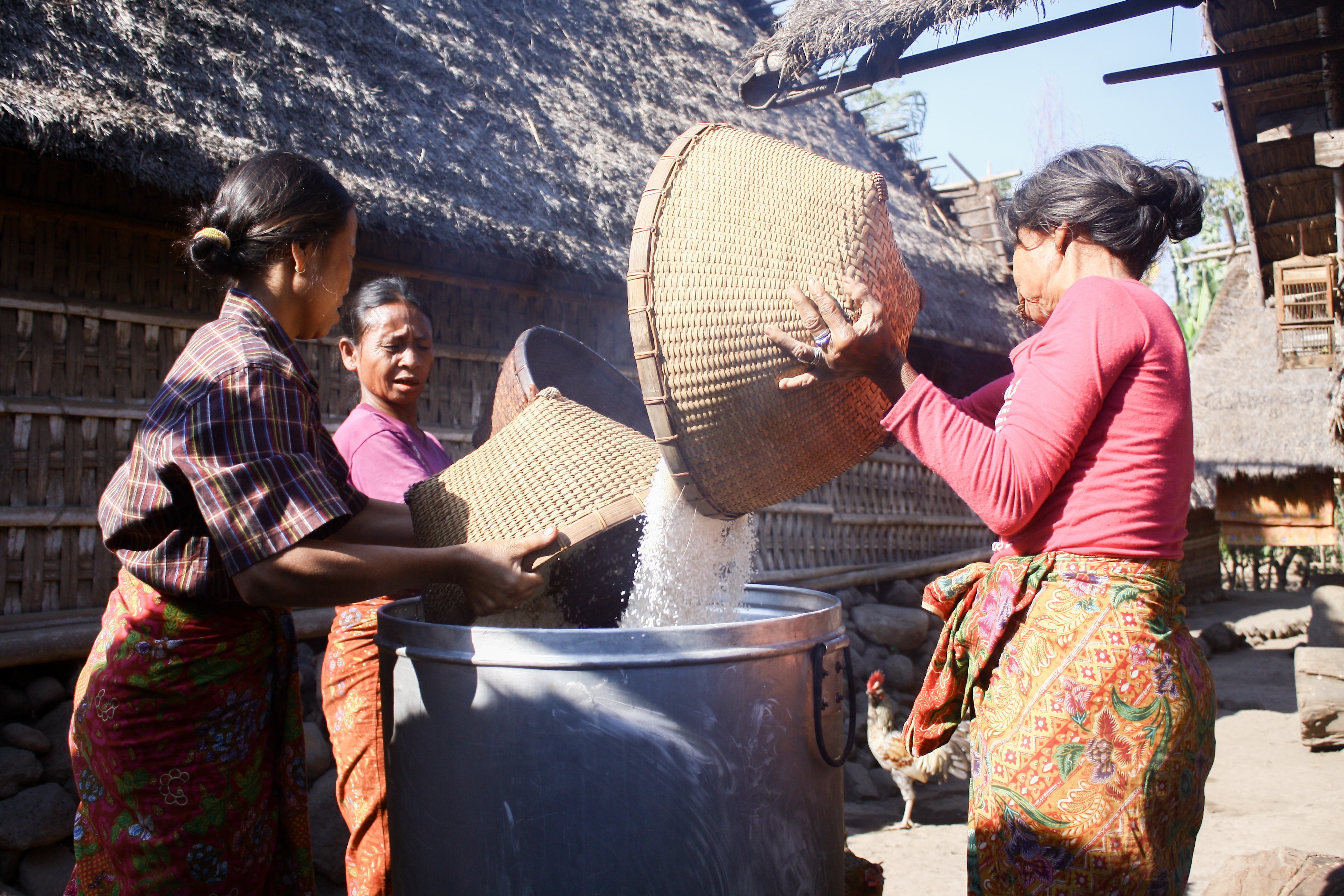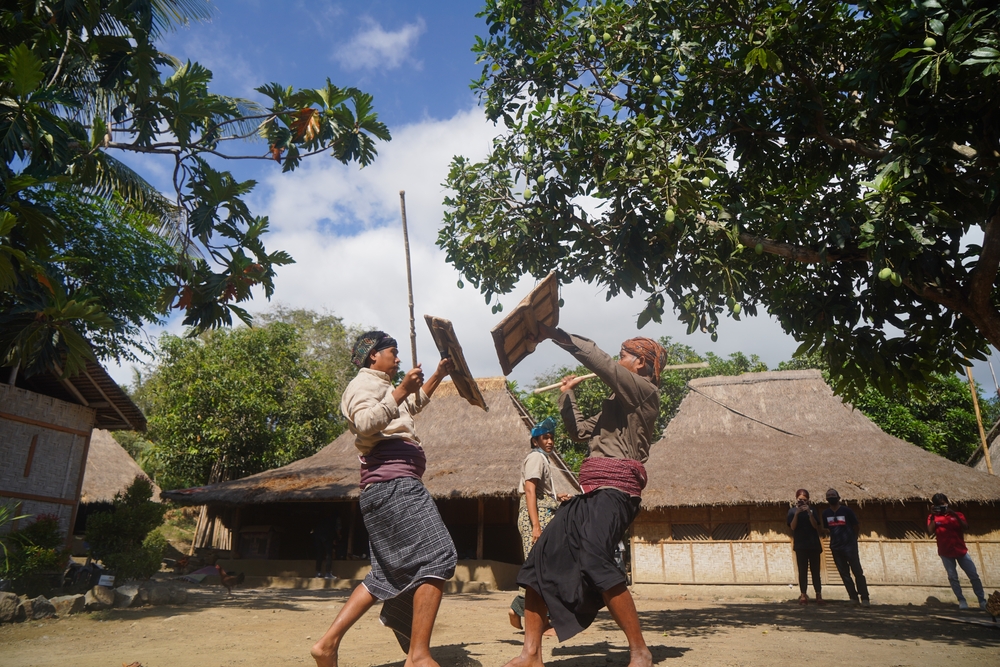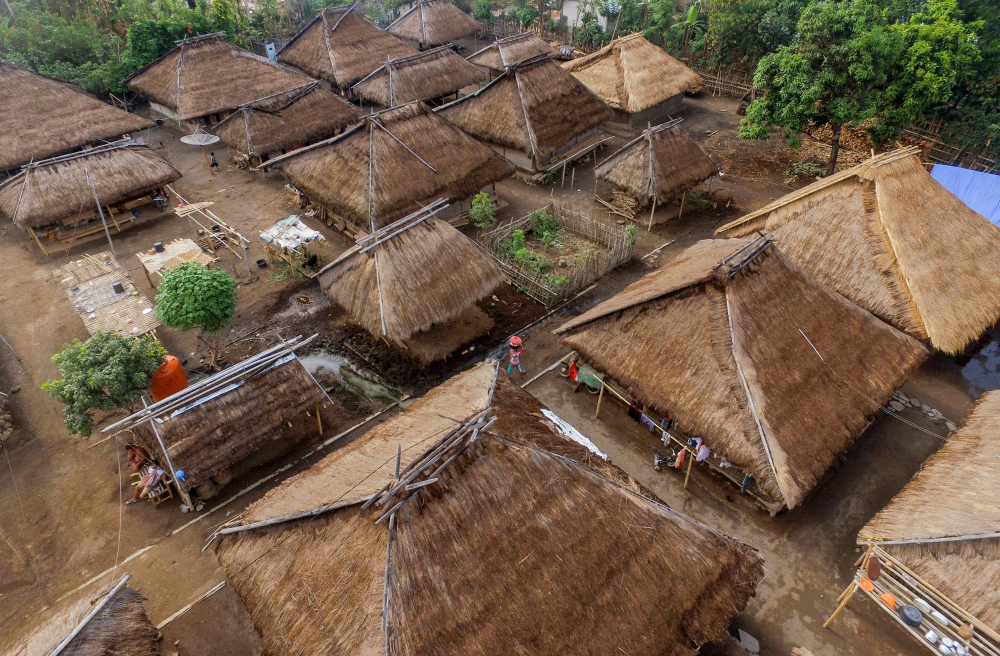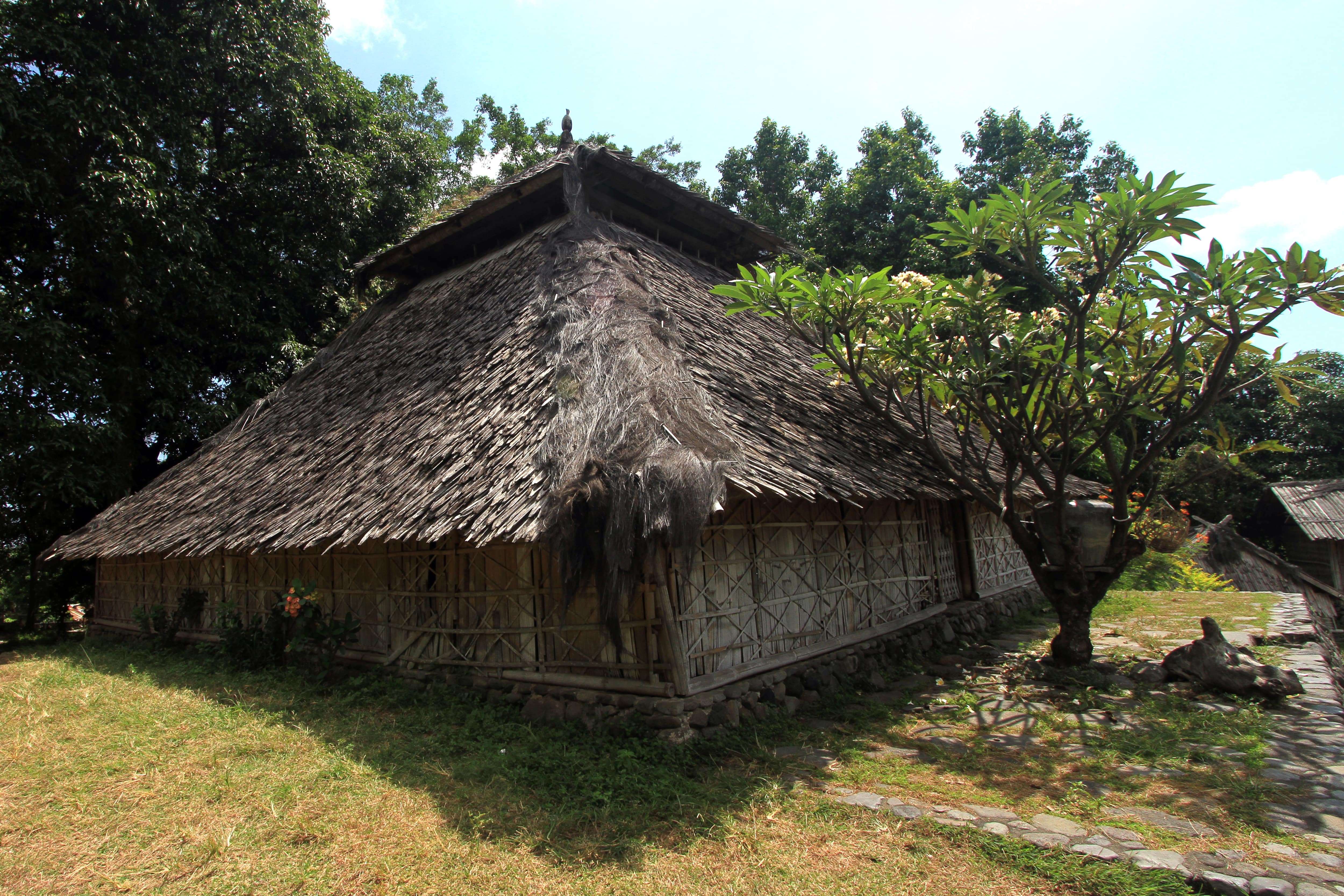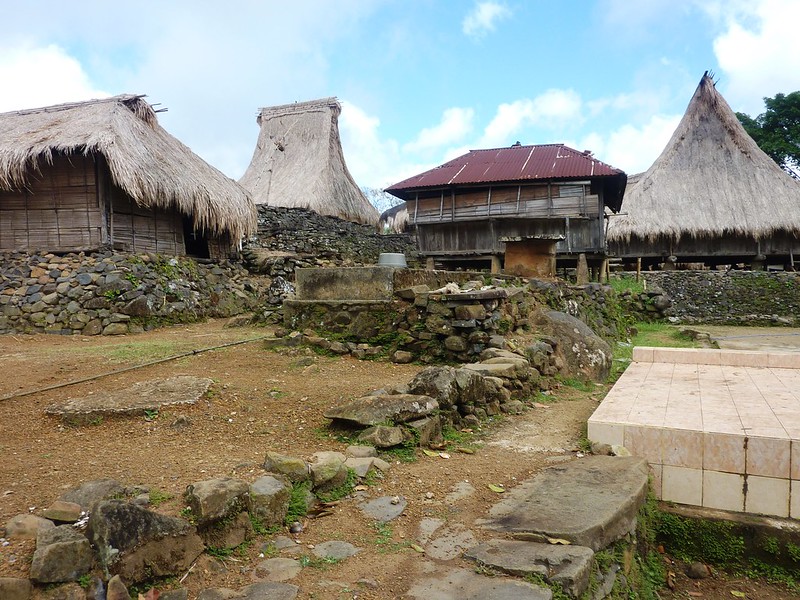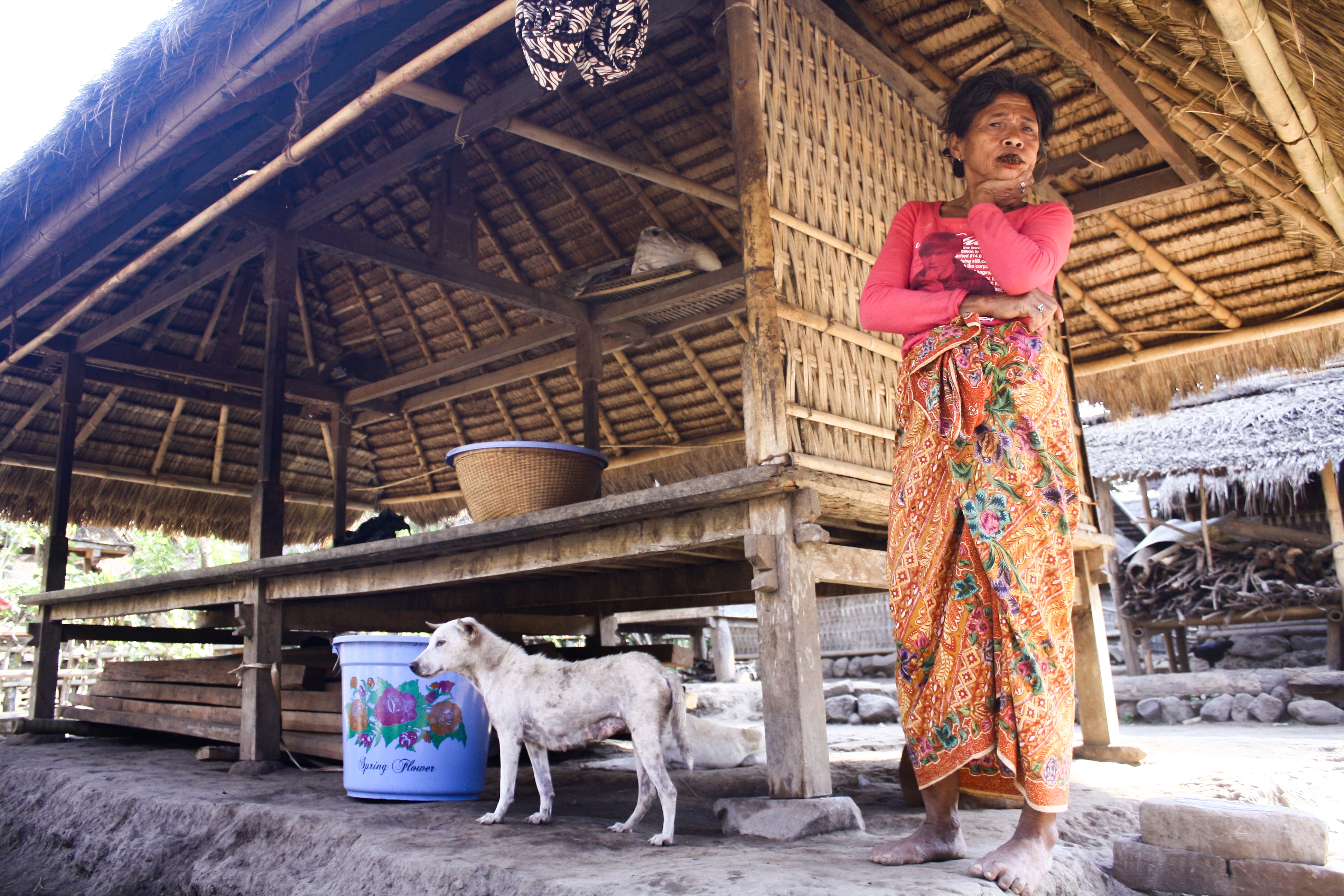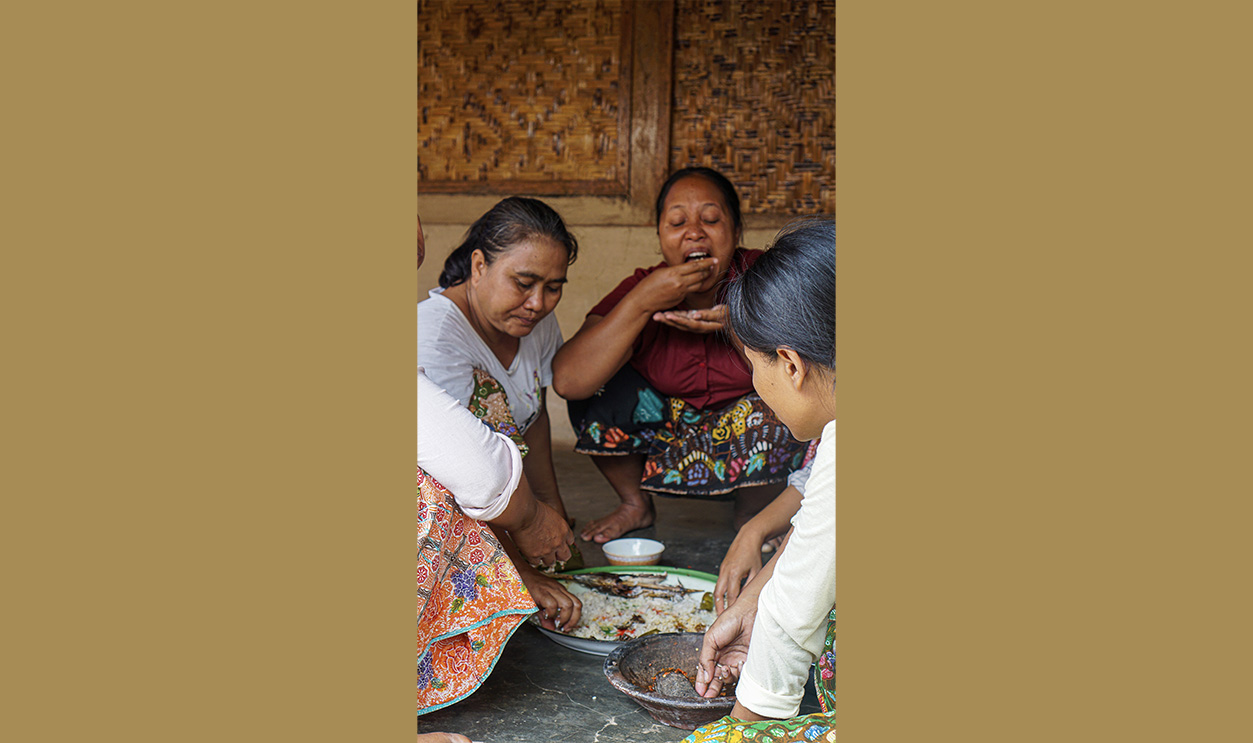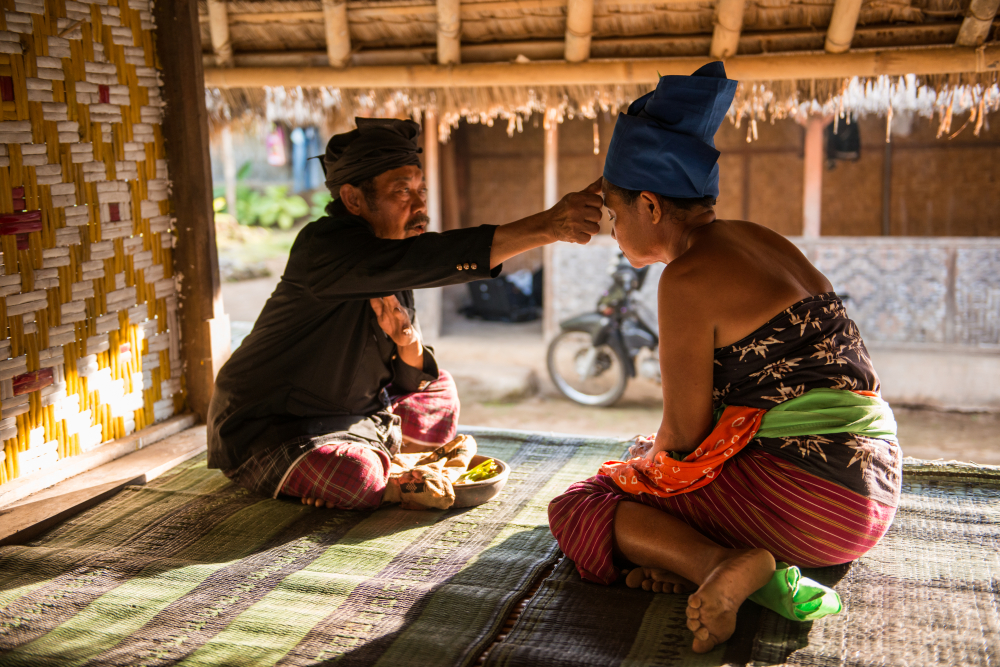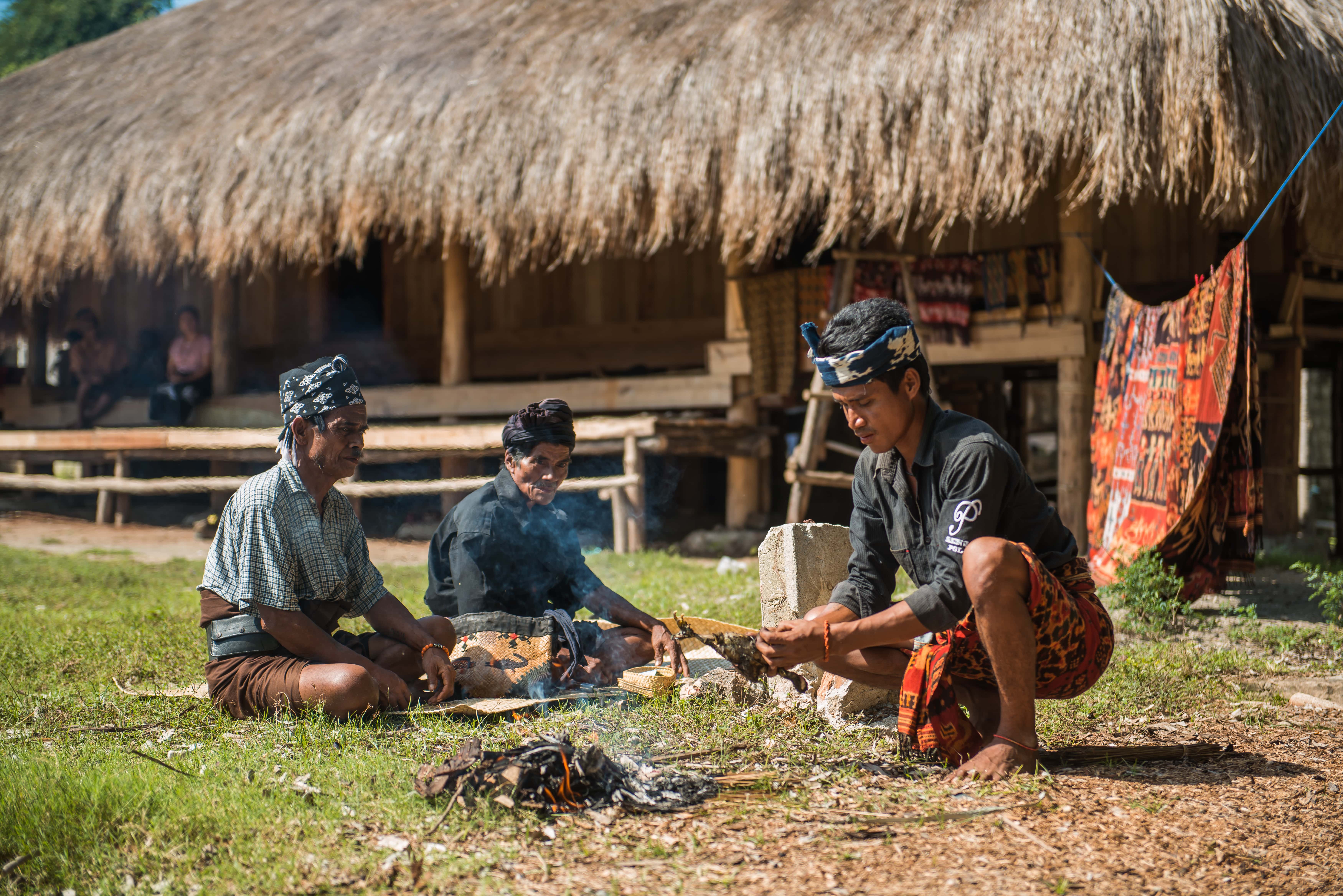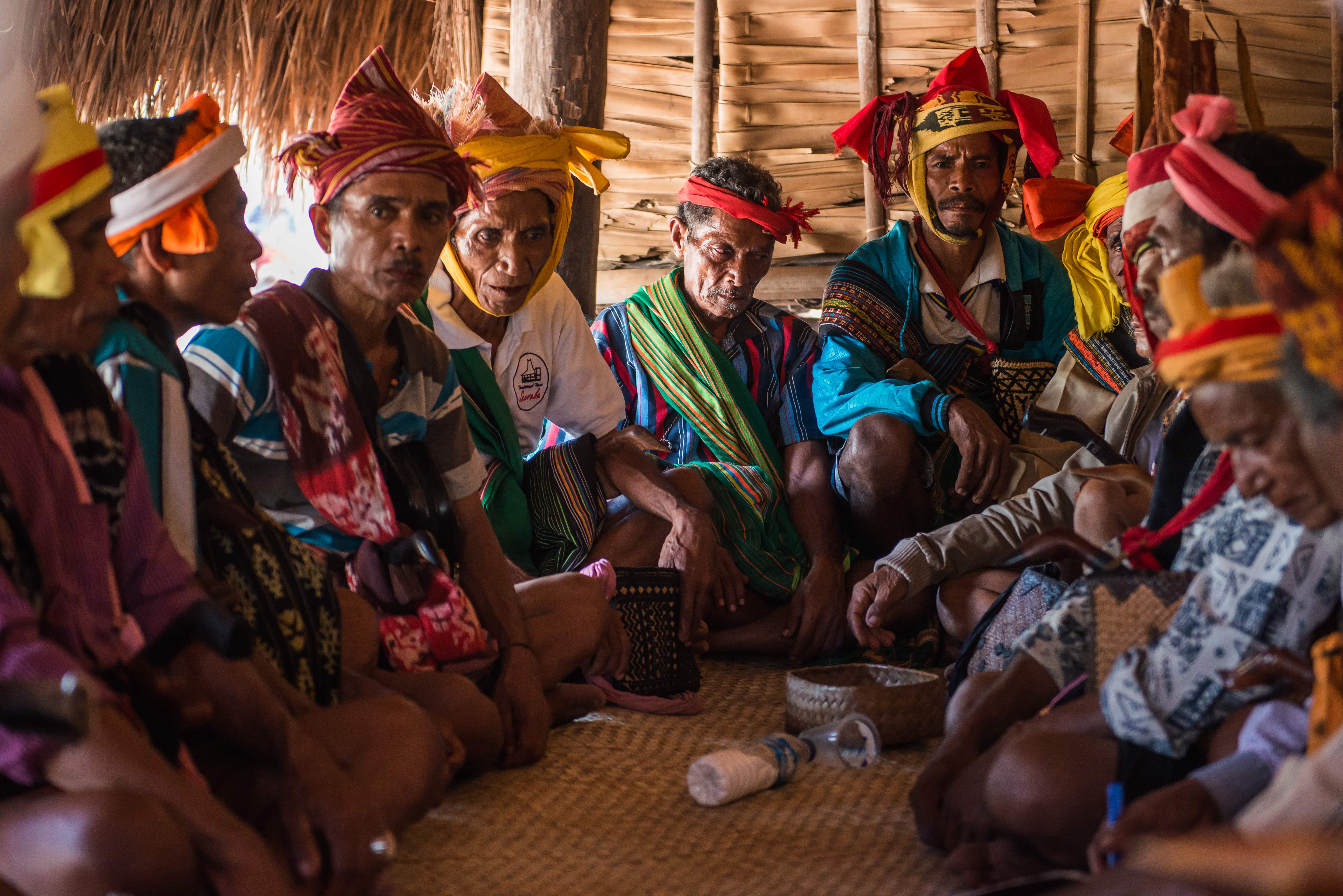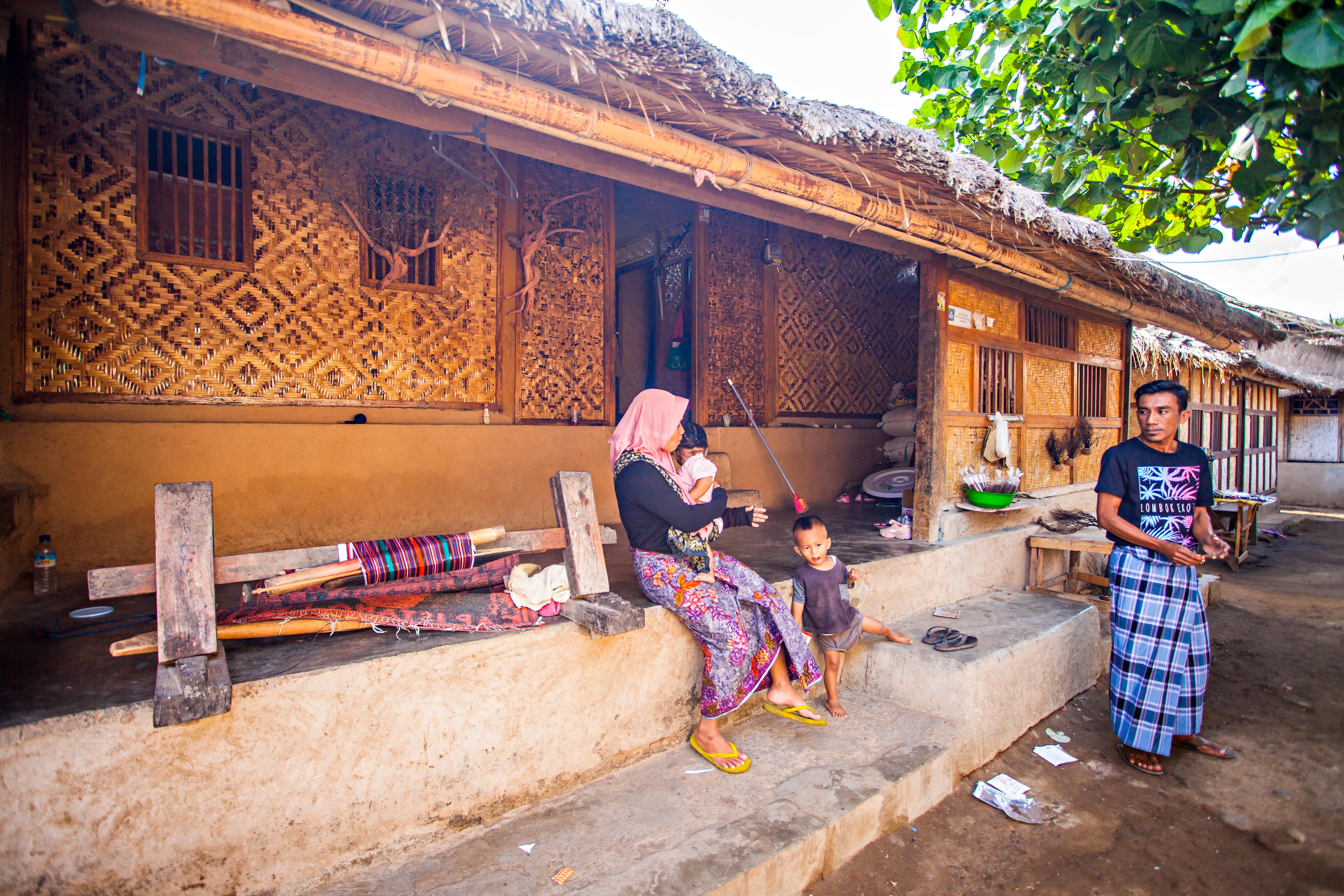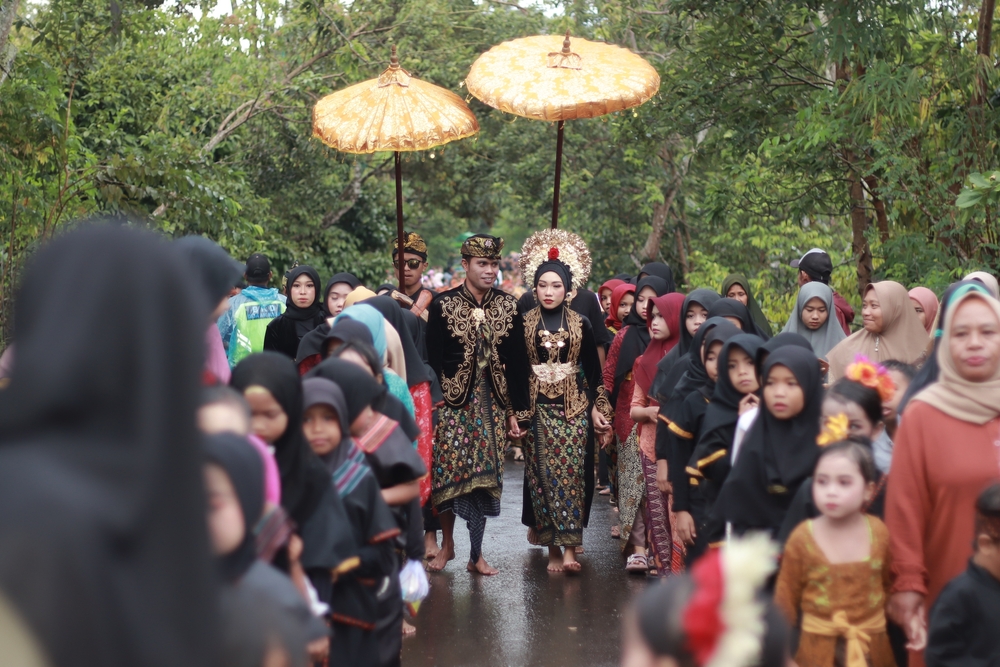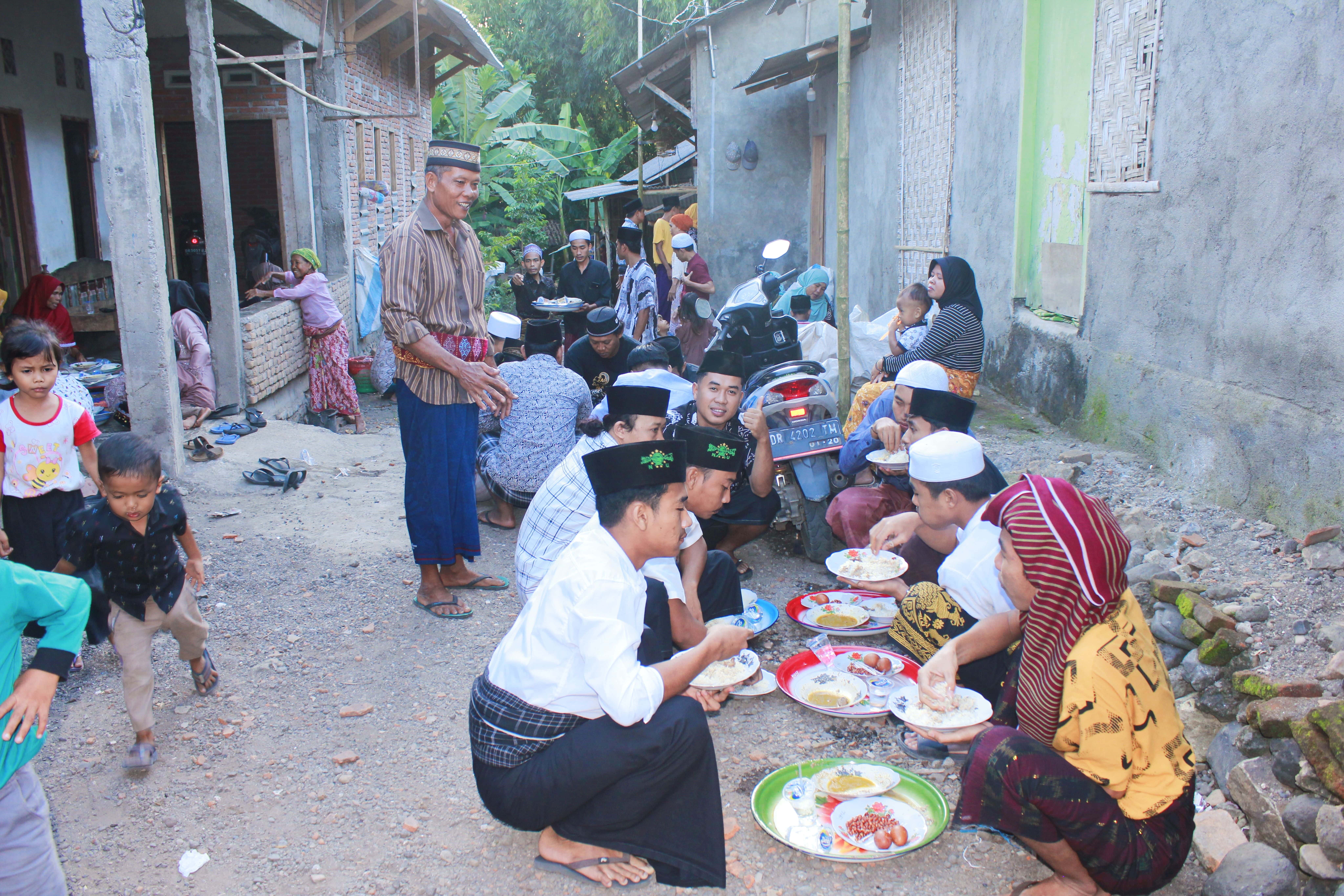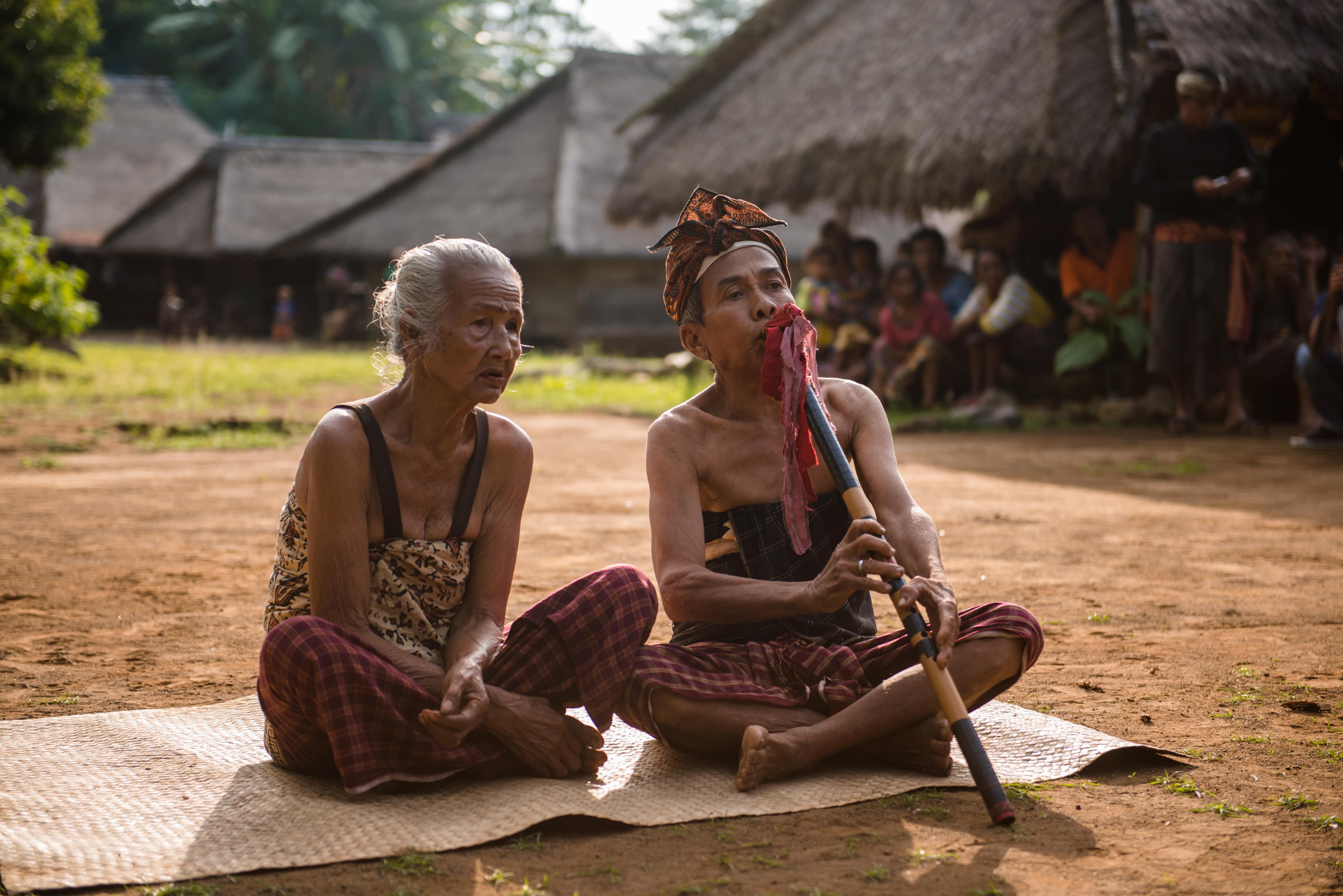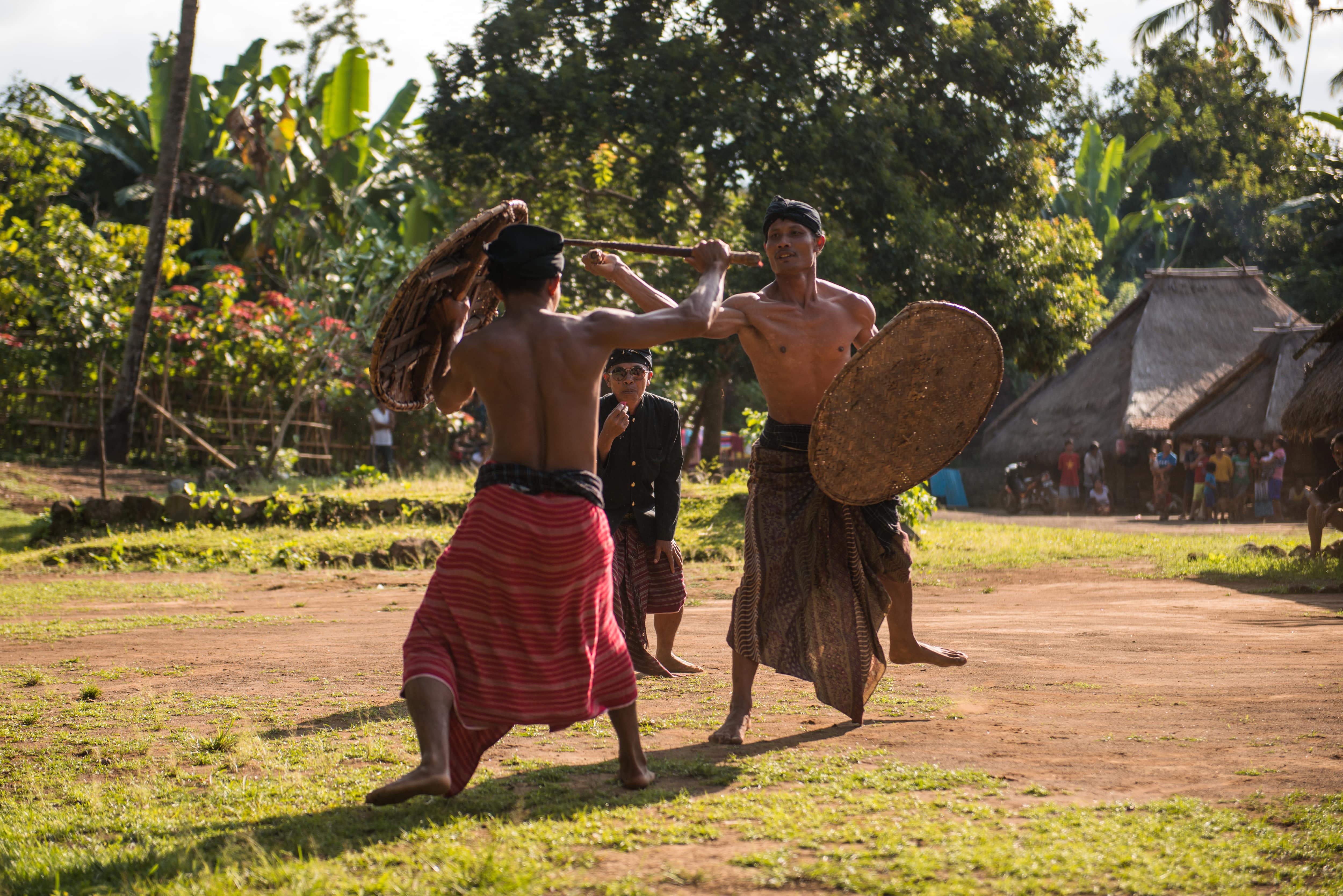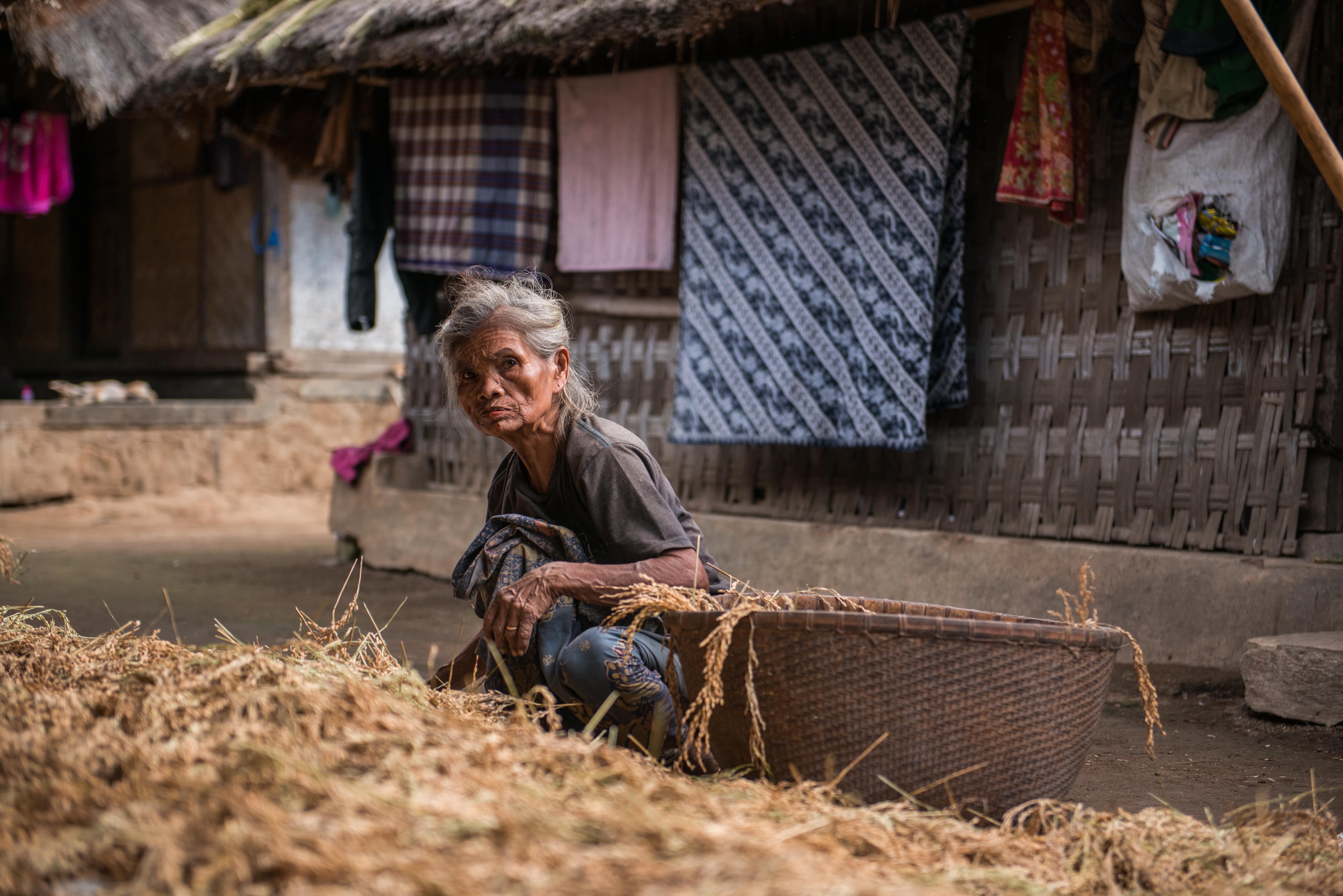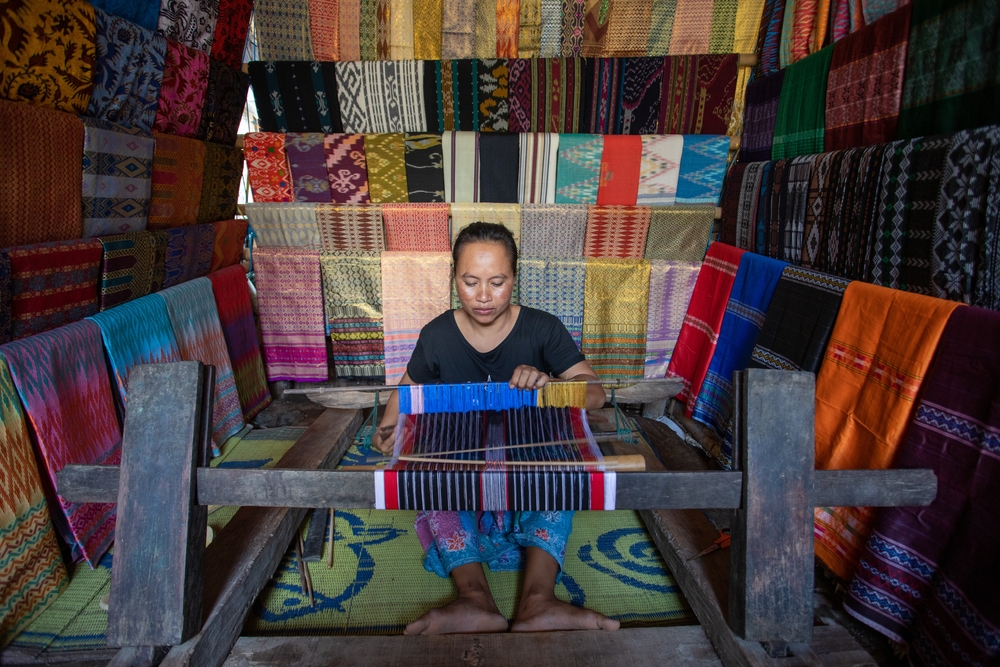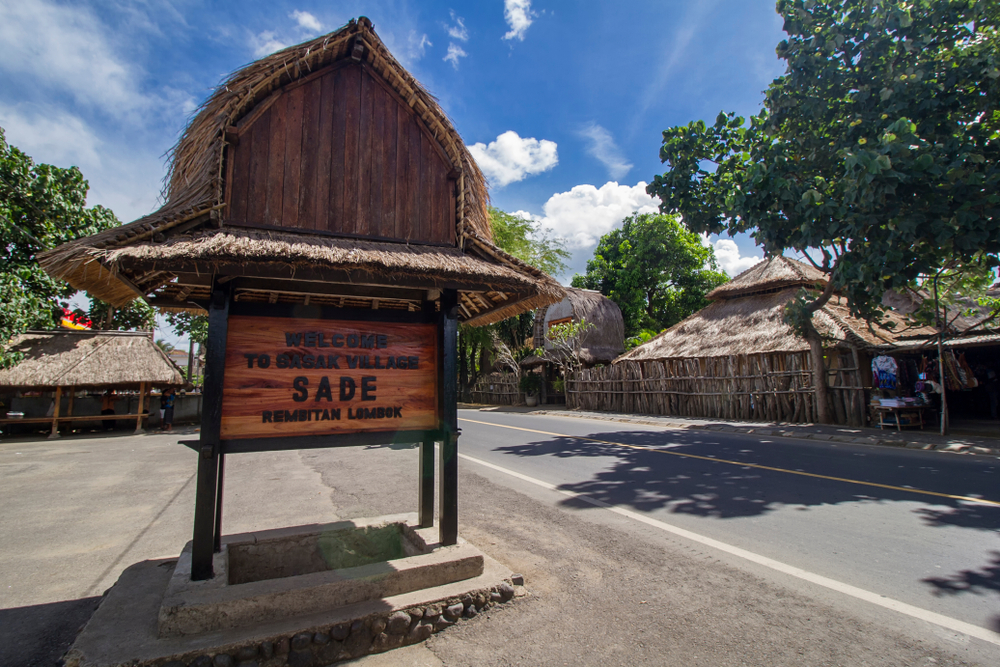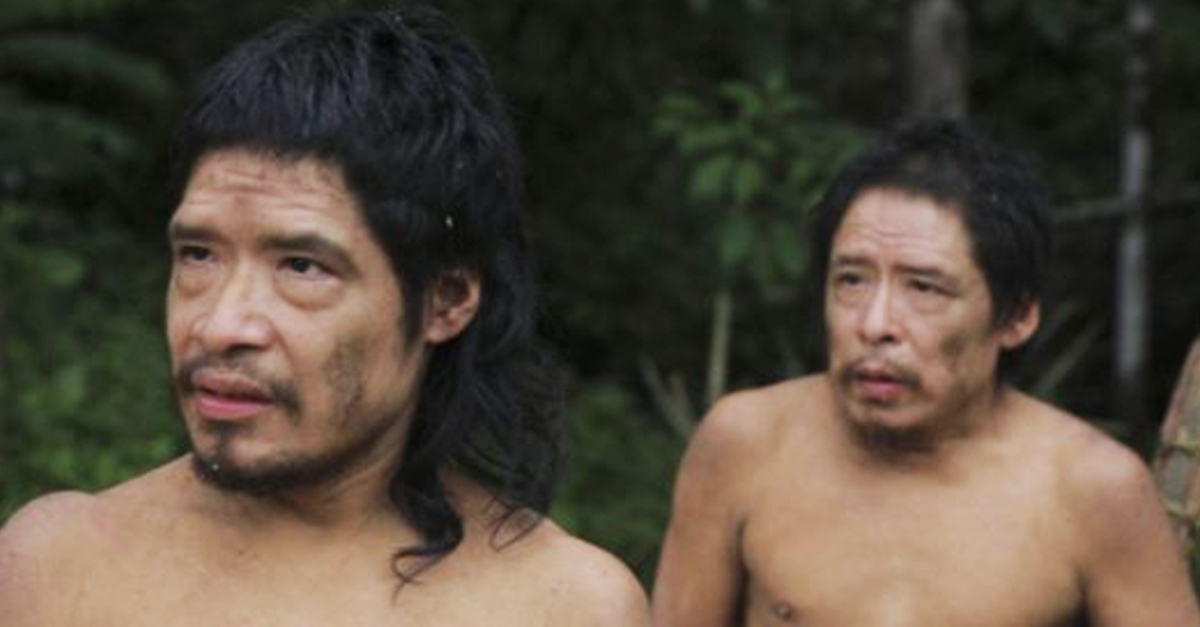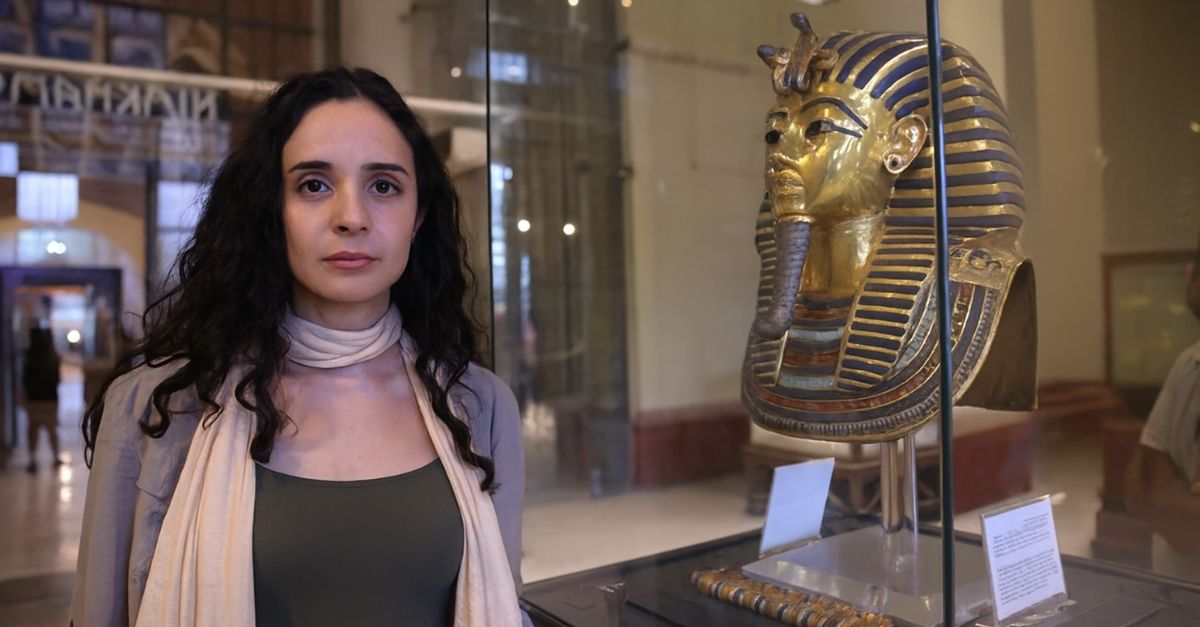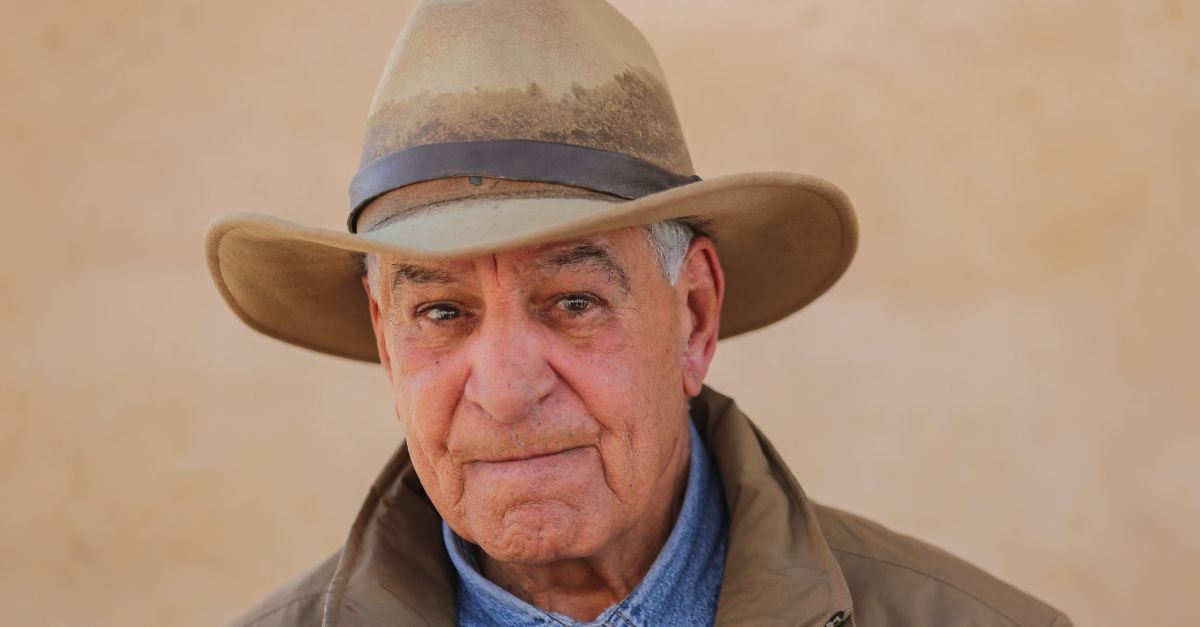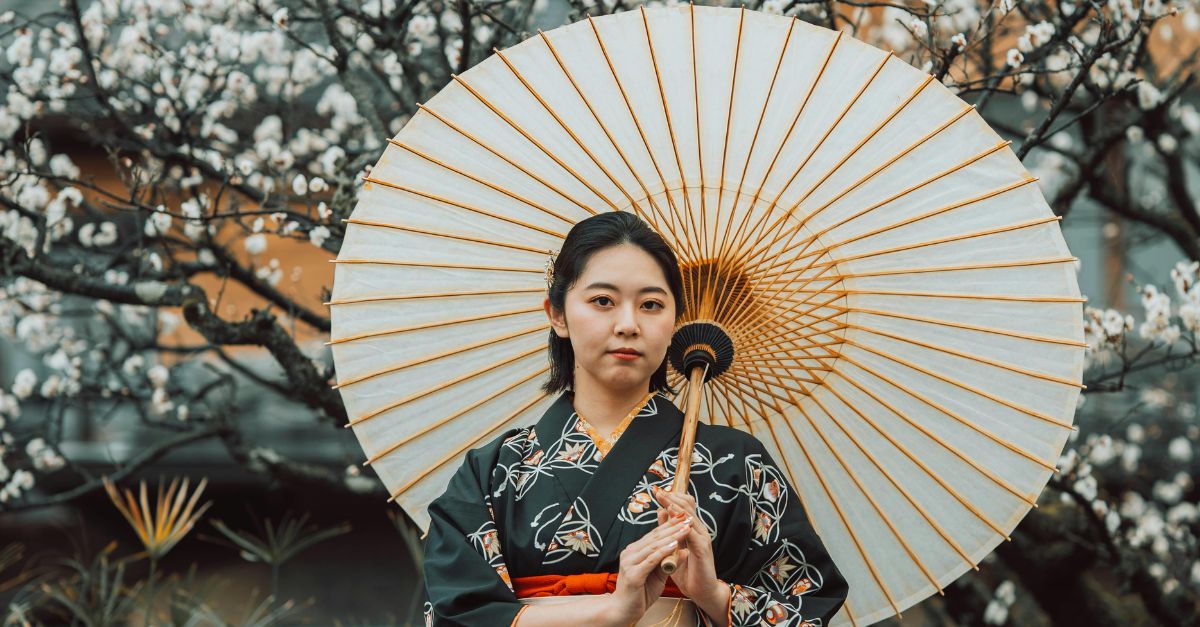Immersive Tourism in Indonesia
Lombok, Indonesia is an island paradise every nature and history buff should consider visiting.
Aside from unspoiled beaches with clear waters and abundant marine life among a lush rainforest setting, the island’s locals—who were once the only inhabitants of the island—provide an authentic look into Indonesia’s cultural history.
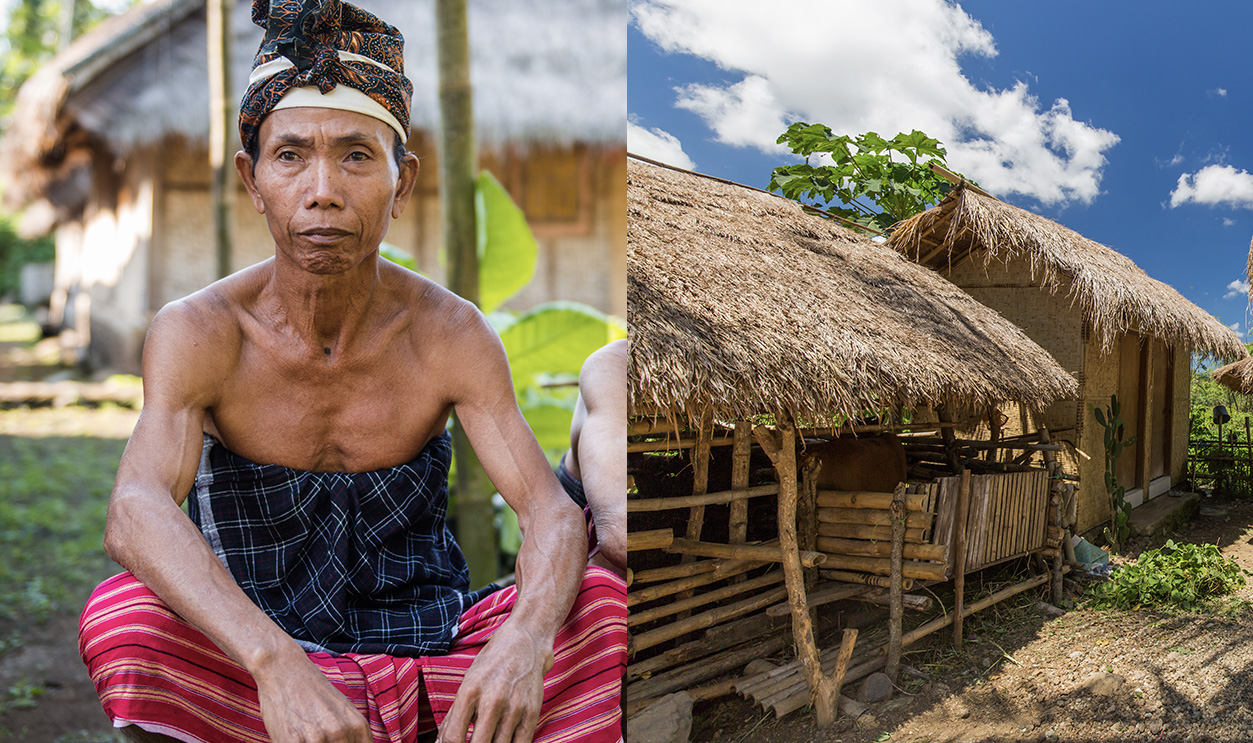
Who are they?
The native people of Lombok are called Sasak or Sasaknese. They’ve been on the island thousands of years, and were once the only inhabitants.
How big is their tribe?
The Sasak people are the largest ethnic group on Lombok, one of the Lesser Sundra Islands in Indonesia. They account for most of the island’s population, numbering about 2.6 million.
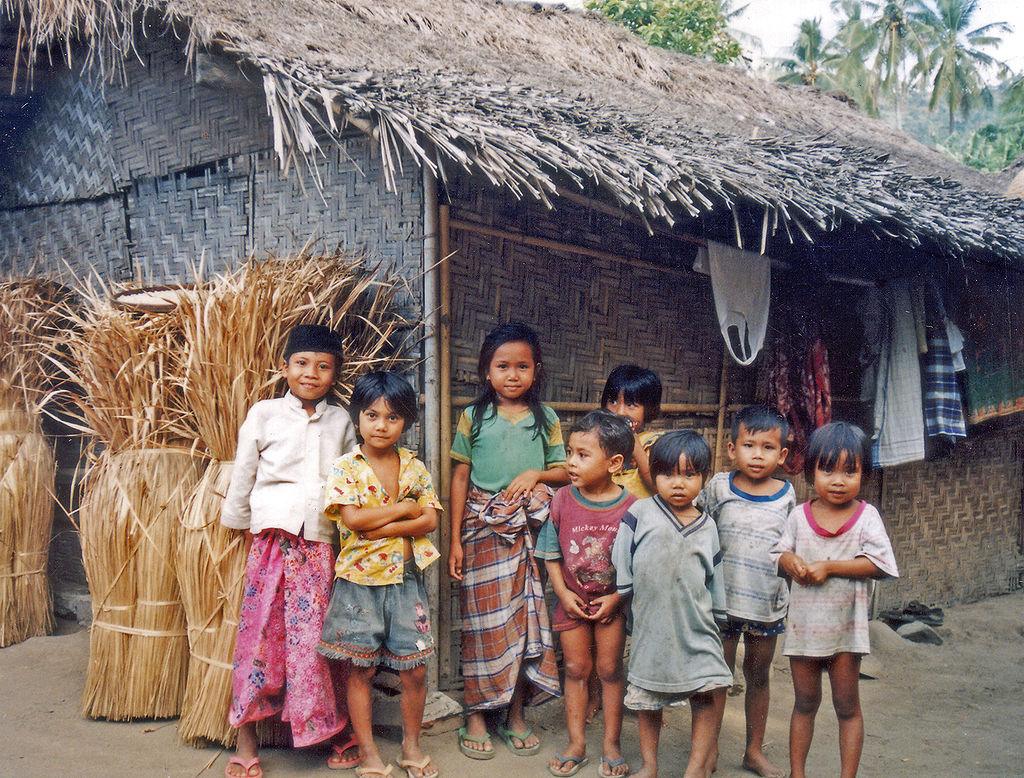 Anton Leddin, CC BY-SA 3.0, Wikimedia Commons
Anton Leddin, CC BY-SA 3.0, Wikimedia Commons
What is interesting about the Sasak People?
Today, the Sasak people are a unique blend of multiple cultures and religions. They coexist on the island, cultivating uncommon traditions, arts, and a way of life.
They continue to live a traditional lifestyle with age-old customs that is vastly different from the modern world we are used to.
What are their villages like?
Traditional Sasak villages house between 5-20 families. They are clustered on low escarpments to conserve arable land.
Narrow pathways zig-zag through the rainforest leading to different houses and other structures.
What are their homes like?
Traditional Sasak dwellings are thatched huts that rise in tiers up the hot bare hills of Lombok’s southern peninsula. They have bamboo walls, wooden frames, and grass roofs. No nails or metal tools are used in the construction.
Because of their location, the walls of the huts are covered in cow dung to repel mosquitoes and help keep the hut cool—and it’s freshly reapplied monthly.
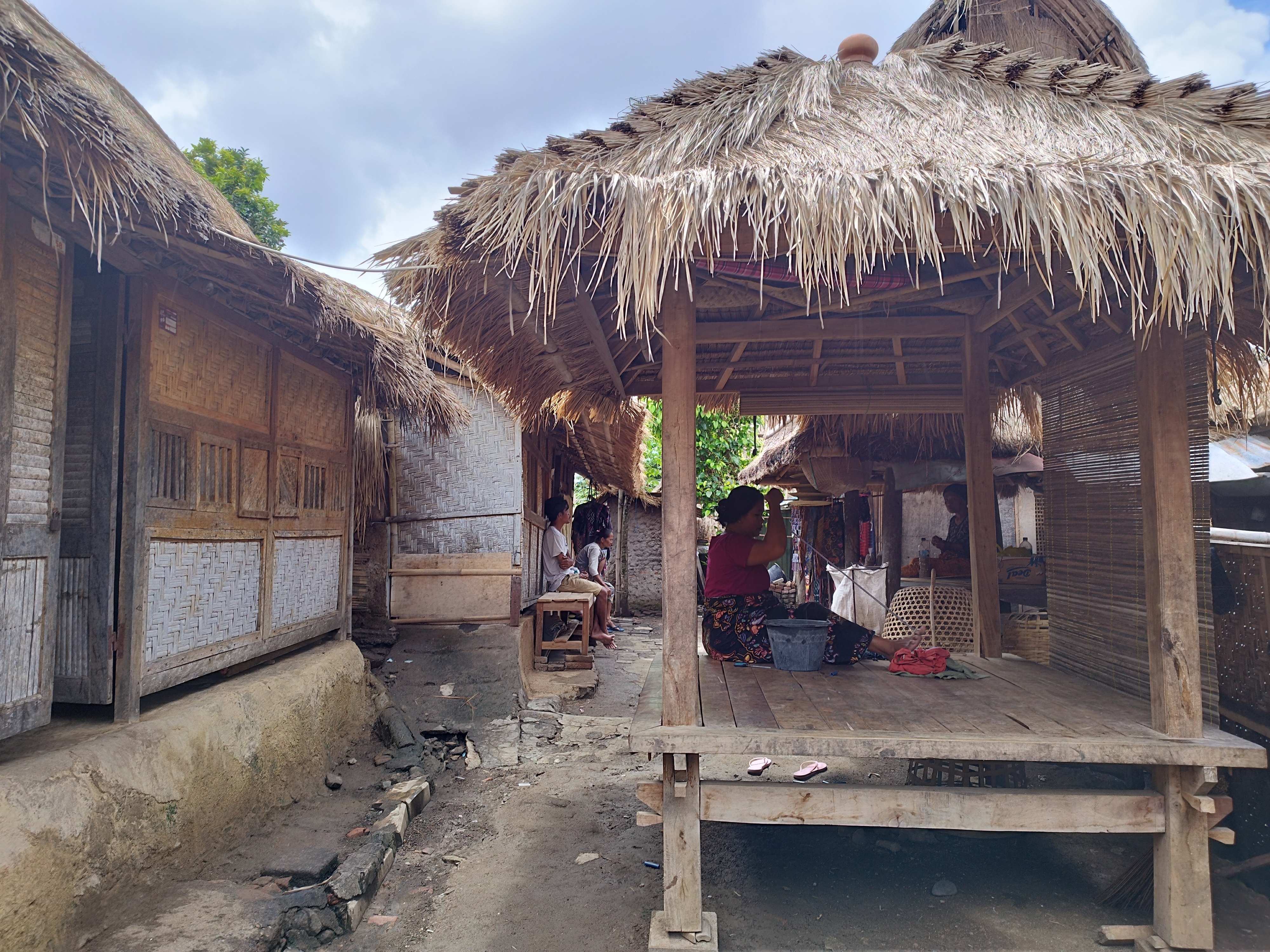 Irine Putri Arfiany, Shutterstock
Irine Putri Arfiany, Shutterstock
Do they still live in their traditional houses?
The majority of the traditional houses in the more developed parts of the island are no longer used.
However, in the southern part of the island they are still lived in as most villagers cannot afford to change their way of life, but also because they are proud of their culture and as tourism increases there is a financial incentive to maintain the structures.
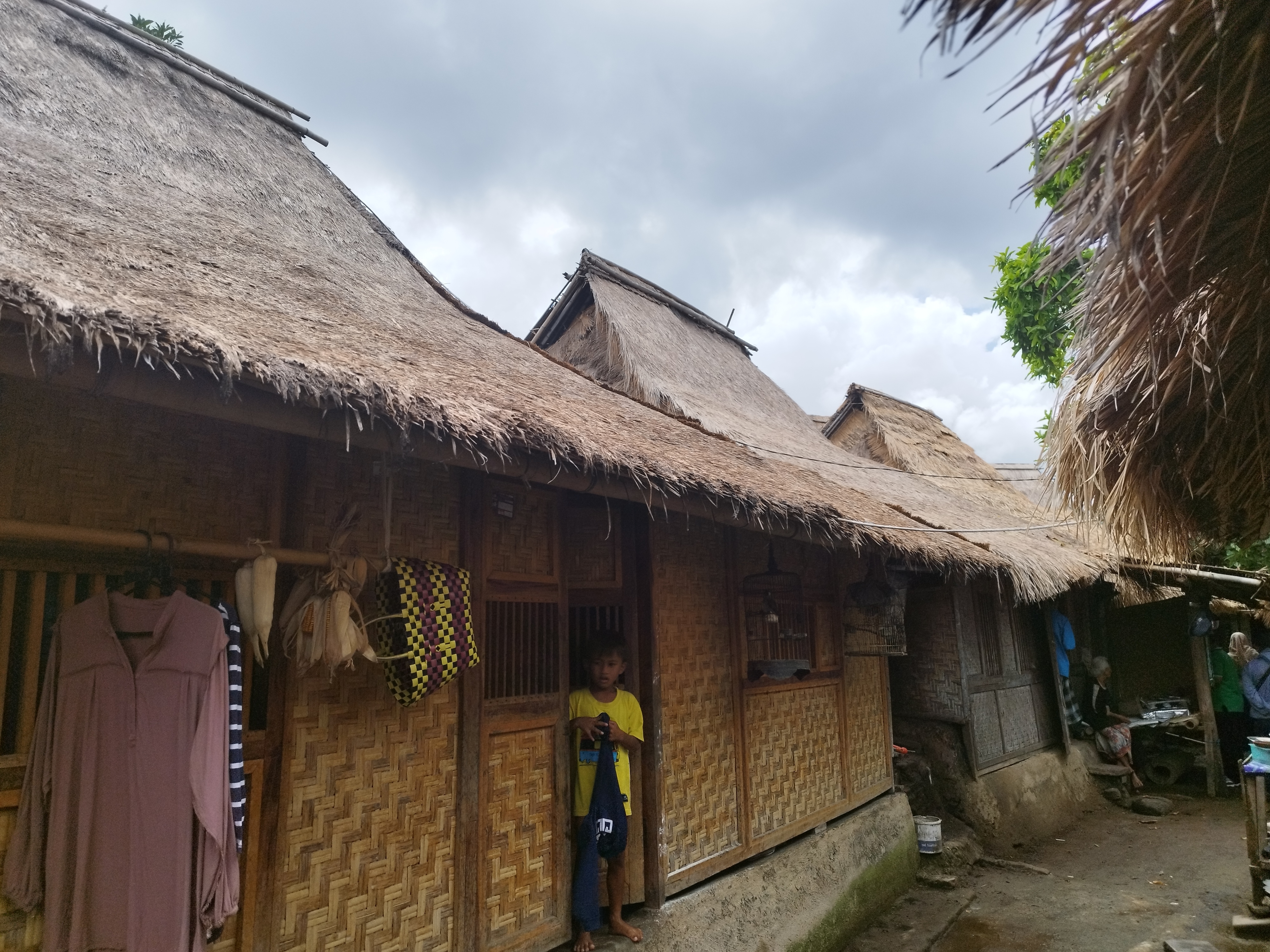 Irine Putri Arfiany, Shutterstock
Irine Putri Arfiany, Shutterstock
What other structures do they have?
A thatched roof mosque with a square pyramid or double pyramid mosque forms the center of the village.
They also build bonnet-rice barns, known as a lumbung. These structures are pile-built, and line the lower paths of the village.
What is the purpose of the Lumbung?
The lumbung is their main food storage structure. Rice is loaded into it twice a year. They are intricately built to prevent rodents.
Do the villages have electricity?
Some of the Sasak villages have maintained their traditional lifestyle by avoiding modern staples, such as electricity and technology.
Ende Village, for example, is a smaller, traditional Sasak village that tourists can visit for an authentic Sasak culture experience.
What do they wear?
The Sasak people are known for their traditional clothing, which includes intricate and colorful woven textiles, such as songket and ikat.
Women typically wear a traditional kebaya blouse and sarong skirt, while men wear a cotton shirt and sarong.
What is an important skill the Sasak people have?
Sasak women are taught to weave since they are young. They said that a girl cannot marry if she doesn’t know how to weave.
Their traditional woven cloth ikat is a labor-intensive process involving dying the material as well, and can take months to finish a high-quality product.
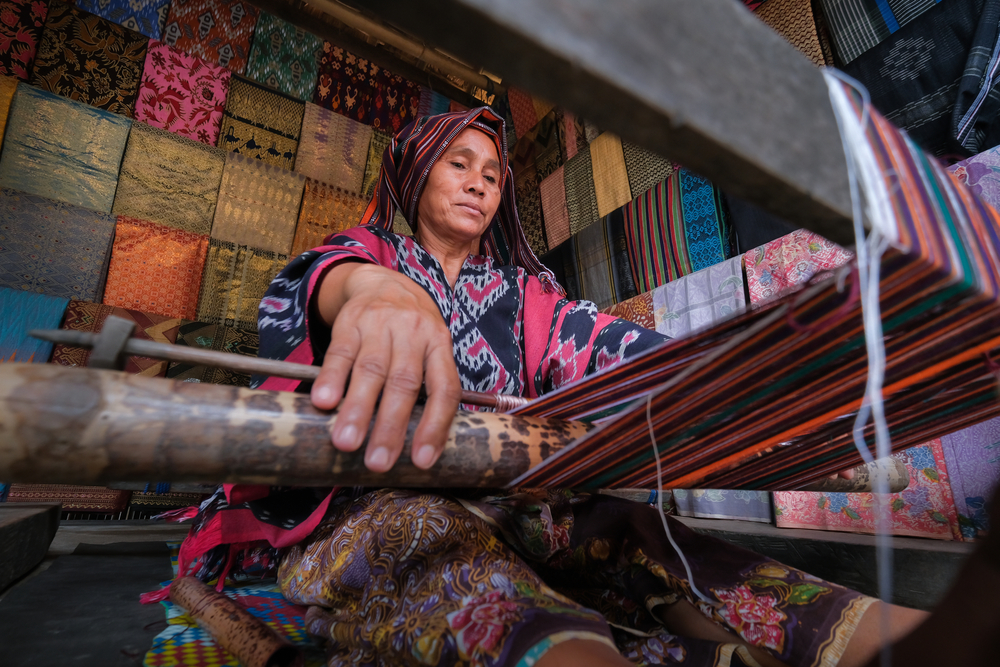 Gede Sudika Pratama, Shutterstock
Gede Sudika Pratama, Shutterstock
What do they eat?
The Sasak people are farmers of wet rice, coffee, various vegetables, coconuts, bamboo, sugarcane, and pandanus.
They also gather seaweed, sea urchins, crabs and fish from nearby beaches, and will eat goats and chickens.
The Sasak people enjoy spices and strong flavors.
What religion do they practice?
The Sasak people today are mostly adherents of the Lima Waktu version of Islam. Lima Waktu or Five Times signifies the five daily prayers which Muslims are required to do.
The term Lima Waktu is used to distinguish them from the Sasaks who are practitioners of Wetu Telu or Three Symbols who only pray three times a day.
Despite the influence of Islam, the locals do not leave their traditions—the mixture of Island and their cultural traditions are what makes the Sasak people unique.
What religion did they traditionally practice?
Traditionally, the Sasak people practiced animism, where they believed all living things—including plants—possessed a soul and was to be protected and worshipped.
Some Sasak people still practice this today.
Do they have a leader?
Village officials, including a headman (leader), are chosen from among both Muslim and traditional religious leaders.
Influenced by Islam, the Sasak people follow a patrilineal structure, reinforcing male dominance in family structure, inheritance, and economic control.
What is marriage like?
Most marriages are monogamous, although polygynous marriages are allowed.
The ranking system is important in determining marriage: Men may marry women of lower rank, but women marry below their rank only at the risk of being disowned by their families.
How are their spouses chosen?
Among noble Sasak families, marriages are arranged. And they usually prefer first-cousin spouses.
Within the limitations imposed by caste there is considerable freedom of choice of spouses—though cousin marriages are still common.
What is the most common wedding practice?
In looking for a wife, many Sasak follow the custom of eloping, where the woman voluntarily allows herself to be "kidnapped" and hidden away somewhere for a while. After this, the "kidnapper" contacts the woman's family to negotiate the wedding terms and then the wedding ceremony is held.
What are typical gender roles of Sasak women?
Women are inferior to men in the Sasak community. The women must wake up before their husbands and prepare everything for him—his meal, his clothing, his tasks.
Women also work the laborious jobs—both on the farm and in the household.
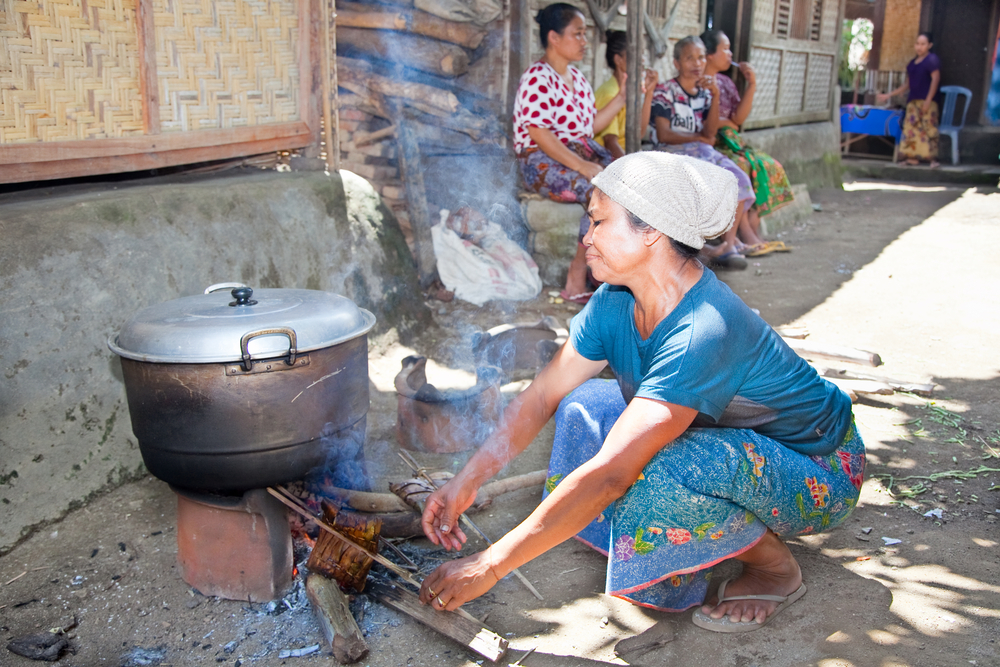 Aleksandar Todorovic, Shutterstock
Aleksandar Todorovic, Shutterstock
What are the typical gender roles of the Sasak men?
Men are taught to feel ashamed if they perform household duties, like the dishes. Instead, they are to be the ones who make decisions—all decisions.
The man is often referred to as, “the king of the household.”
What traditional ceremonies do they have?
The Sasak have numerous traditional ceremonies which involve various forms of dancing, costumes, music and poetry.
Many traditional ceremonies involve telling stories through poetry and dance.
What skill are they most known for?
Sasak women are heavily involved in handicrafts and arts—which is a rich tradition in their community. This includes basket weaving, wood carving, and silver jewelry.
Crafts are made by hand and passed down for generations, or sold for income.
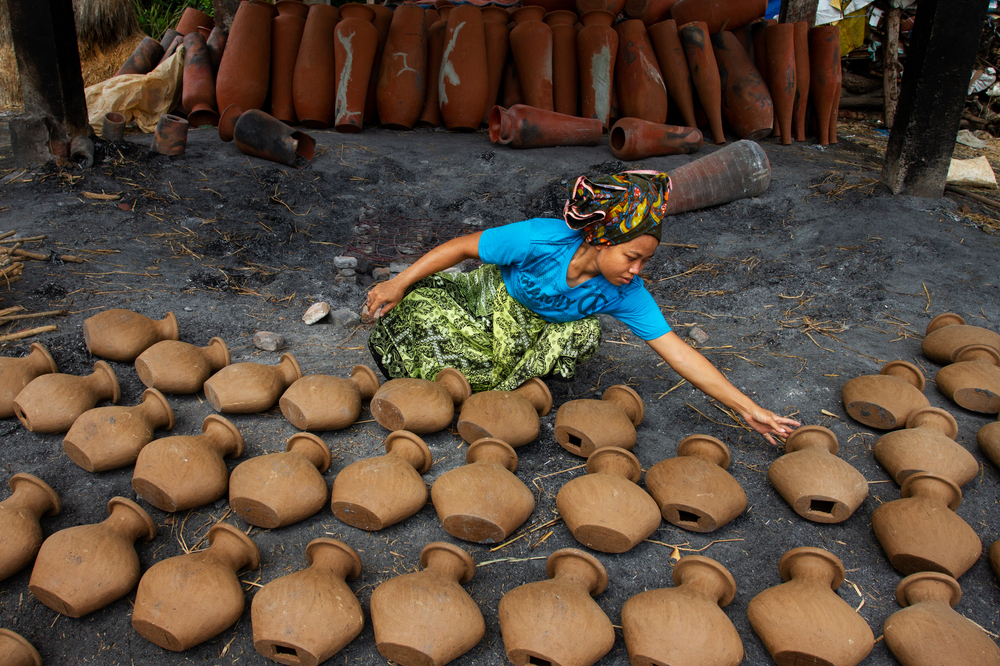 Gede Sudika Pratama, Shutterstock
Gede Sudika Pratama, Shutterstock
What is another practice they are known for?
“Peresean” is a tradition of fighting between two men from the Sasak tribe in Lombok. They use a rattan stick like a sword, and a shield made of buffalo skin called ende. Fighters are only allowed to attack the opponent's back and shoulders.
What else do they do for money?
The Sasak people rely on farming and fishing as their source of income. Their crop fields are as large as possibly can be and people work from sun up to sun down, harvesting as much as possible—both for their family’s meals and for a small pay check at the market.
Do they live in poverty?
Yes, much of the Sasak community live in poverty. While traditionally they had little need for money as they relied on natural resources for their way of life, modern Sasak villages do partake in money-making opportunities and use the money in local markets for clothing, materials and supplies, and farming equipment.
How are they affected by tourism?
Tourism actually benefits the community—even though they must exploit themselves in the process.
In villages that are popular with tourism, Sasak women will hang their handmade clothing and pottery creations in front of their huts in hopes tourists will buy them—and they usually do.
The Sasak people make money and are given things from tourists, which essentially helps them.
Can anyone visit a Sasak village?
For travelers interested in learning more about the Sasak community, there are a number of tourism opportunities available online.
Visitors can visit a traditional Sasak village and even stay in a tradition hut built by the locals.

